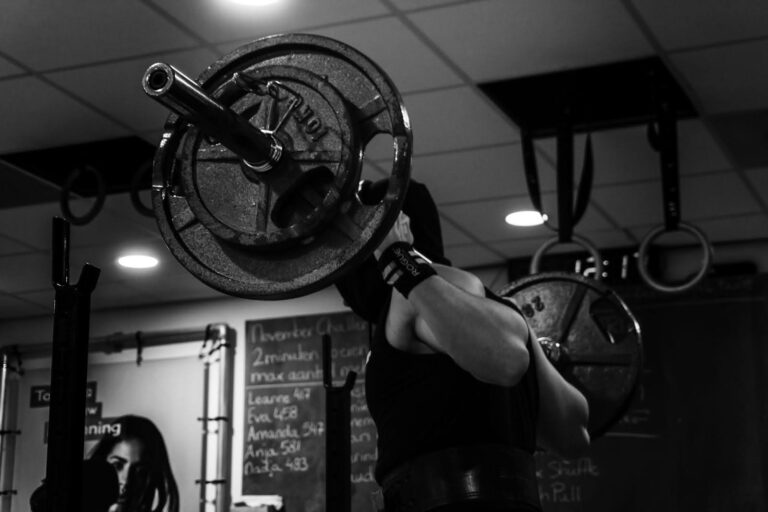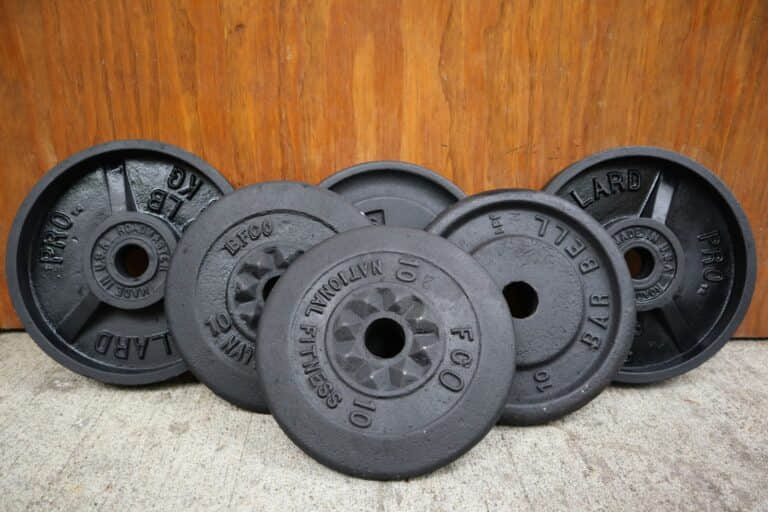
Starting a journey into strength training opens up a variety of ways to build muscle, boost endurance, and enhance overall well-being. Among these options, dumbbell exercises stand out for their simplicity, versatility, and effectiveness. However, the journey isn’t about lifting weights; it is about consistently pushing your muscles through the concept of progressive overload. This guide delves into the core of advancing with weights, offering valuable insights on how and when to safely increase your weights to pave the way for enhanced strength and muscle development.
The Core of Dumbbell Workouts
At the centre of resistance training lies the unassuming dumbbell — a tool that goes beyond its form by providing an array of exercises targeting all major muscle groups. Unlike machines, dumbbells offer the freedom to execute movements that closely resemble actions, thereby promoting strength, balance, and coordination. Whether you’re new to fitness or a seasoned athlete, incorporating dumbbells into your workout routine allows for scalability and flexibility, compared to other equipment.
Grasping Progressive Overload

Progressive overload serves as the foundation of strength training. This principle encourages increasing the weight, workout frequency, or intensity of your workouts over time. The reason for this approach is simple yet significant; to promote muscle growth and strength it’s essential to push your muscles beyond their limits. Progressing with dumbbell weights plays a role in your workout routine enabling continuous development and adjustment.
When to Increase Your Dumbbell Weight

Recognising the opportune moment to increase your dumbbell weight is key to progress and avoiding plateaus. Signs that you’re ready for weights include:
Ease of Completing Sets: If the final repetitions of your sets feel noticeably easier than when you started, it may be time to up the weight.
Improved Technique and Stamina: When you maintain form throughout your sets and can endure workouts with less fatigue, it’s likely time to take on a greater challenge.
Lack of Post-Workout Muscle Fatigue: Not experiencing muscle tiredness after your workout indicates that your muscles have adapted, suggesting it might be time to elevate the weight.
The Art of Safely Increasing Dumbbell Weights
Transitioning up to heavier dumbbells requires careful attention to safety precautions to prevent injury and ensure steady progress:
Gradual Increases: Opt for small weight increments to help your body adjust gradually, minimising the risk of strain.
Maintaining Impeccable Form: When dealing with heavy weights, it’s essential to focus on maintaining correct form. It’s better to prioritise technique, over the urge to lift weights soon.
Get Support or Record yourself: If you find it difficult to keep your form in exercises, having someone to spot you or recording your workouts can offer feedback.
Listen to Your Body: It’s important to differentiate between the discomfort that comes with muscle growth and the signs of injury. Pay attention to your body’s signals and make adjustments as needed.
Avoiding Common Mistakes

Some errors can hinder progress and increase the chances of getting hurt:
Quick Progression: Rushing through weight increases can impact your form and raise the risk of injuries. Patience and gradual advancement are key.
Compromising Form for Heavier Weights: While lifting weights may be tempting, sacrificing form can sabotage your efforts and put you at risk of injury.
Neglecting Rest and Recovery: Getting enough rest is crucial when incorporating weights into your routine. This downtime allows your muscles to recover and grow stronger.
Taking It to the Next Level: Advanced Progression Strategies
For those who have mastered the basics and crave further challenges, incorporating advanced techniques can bring excitement back into your training sessions:
Drop Sets: Start with your heaviest set and progressively reduce the weight until you reach failure. This approach challenges the muscles at all levels of tension.
Supersets: Supersets involve doing two exercises without breaks, making your workout more intense and aiding in endurance and muscle development.
The process of advancing through dumbbell weights highlights the impact of being consistent, patient, and prioritising safety. By incorporating progressive overload principles and paying attention to your body’s signals; you can confidently navigate your strength training journey. Remember, everyone’s path to increased strength, endurance, and muscle growth is unique. Progress at your pace, celebrate each achievement along the way and most importantly, enjoy the experience.
